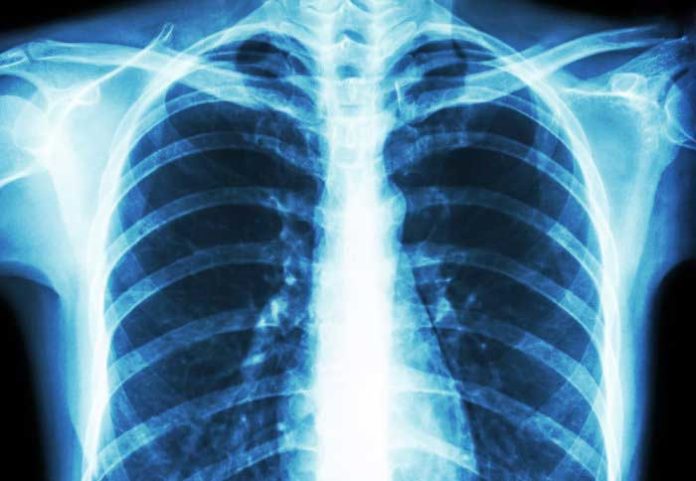Pulmonary arterial hypertension is a rare form of pulmonary hypertension that affects the blood vessels in the lungs, causing high blood pressure that can lead to heart failure. It’s a very serious condition that can change your day-to-day life.
PAH can be related to other conditions such as congenital heart problems, connective tissue disease, and HIV but for many sufferers, PAH is either inherited (HPAH) or arises for no known reason, which is known as idiopathic PAH (IPAH).
Around 1,500 people in the UK have either HPAH or IPAH, and 10 percent of sufferers die yearly. PAH affects more women than men, typically in their 30s and 40s.
In a new study by the institutes from Europe and Northern America, researchers from Imperial College London, scientists wanted to identify the association of two genes with the disease. This is the first research demonstrating that variations in the SOX17 gene and the HLA-DPB1 gene were associated with PAH.
For the study, scientists aggregated data from four international cohorts from Europe and North America on patients with heritable or idiopathic PAH. UK data was from the National Institute for Health Research BioResource (NIHR BioResource) – Rare Diseases and the British Heart Foundation Pulmonary Arterial Hypertension (BHFPAH) study.
The analysis took a genome-wide association (GWAS) approach, examining millions of common variants. The research identified three genetic signals associated with PAH: two were next to the SOX17 gene in the region that ‘loops back’ to regulate the levels of SOX17, and the third signal was within the HLA-DPB1 gene.
Dr. Christopher Rhodes from Imperial’s Department of Medicine said: “This is the first study at the scale required to look at how common genetic variations influence PAH, which could help us understand variations in how the disease presents itself and how patients respond to treatments.”
“We were very lucky to pool data with our collaborators as this has provided us with a large enough sample to study these more subtle genetic variations in a statistically meaningful way. Out of the 23,000 genes in the whole genome, we have found that PAH has significant associations with two genes, SOX17 and HLA-DPB1, providing strong evidence that these genes play an important role in PAH. This opens up exciting possibilities for future research into new therapies.”
SOX17 is instrumental in developing the endothelial cells that line the arteries in the lung, indicating it could be associated with the structural changes that make patients susceptible to PAH.
The other gene identified by the study, HLA-DPB1, controls the immune response and plays a role in disease progression. The analysis identified different variations or alleles of HLA-DPB1 within PAH patients and found that the number of years patients survived after diagnosis depended on which versions were active.
About 5 percent of patients have two copies of the C allele of HLA-DPB1, and on average, they survived 13.5 years, whereas most patients (69 percent) have two copies of the T allele and survived on average 7 years.
One of the variations of HLA-DPB1 identified in the study has also been linked with susceptibility to lung diseases caused by exposure to hard metals such as berylliosis.
Professor Martin Wilkins, a senior author and Head of the Department of Medicine at Imperial College London, said, “This study represents the enormous efforts of an international collaboration and the generous participation of many patients, making it the largest genetic study of PAH to date.”
“The findings raise the importance of including the genotype as a factor when interpreting the results of clinical studies, as it may be that some patients deteriorate at a rate determined by their genotype rather than at a rate determined by a new treatment.”
“The discovery of a common variant that operates through a gene, SOX17, mutated in a few patients with the disease suggests that SOX17 may be more commonly involved in pulmonary hypertension than previously thought. This has implications for developing new treatments that might come from further work on SOX17.”
Professor Metin Avkiran, Associate Medical Director at the British Heart Foundation, said: “PAH is a rare but devastating condition which usually strikes people in the prime of their life. This is scientific collaboration at its best. This international team has made real gains in our understanding of PAH by identifying two important genes which contribute to its development, laying the essential groundwork we need to develop new treatments in future.”
The study is published in the journal Lancet Respiratory Medicine.
